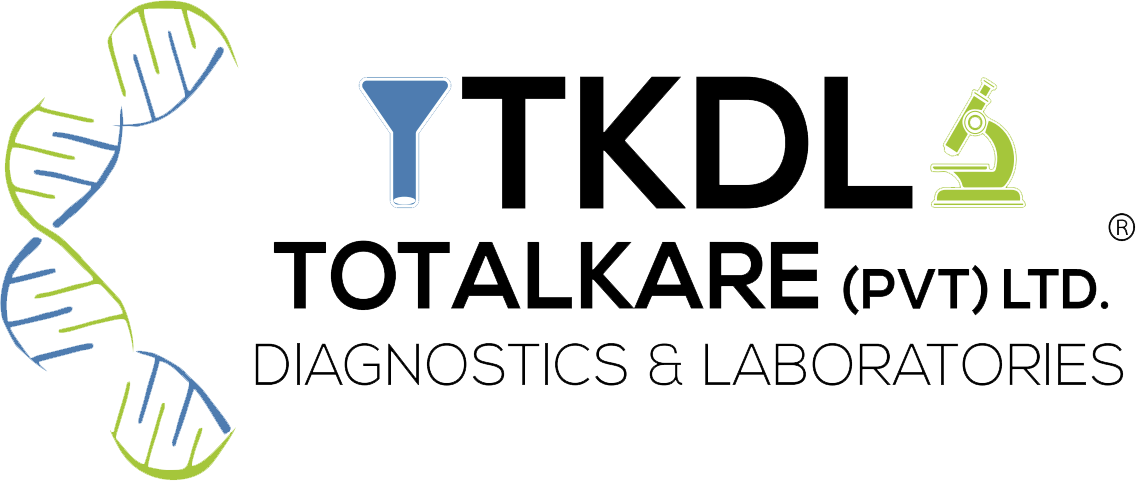Introduction to the Histopathology Section in the Pathology Laboratory
The Histopathology Department in a laboratory specializes in the examination of tissue specimens to diagnose diseases, particularly cancer and other conditions affecting organs and tissues. Here’s an overview of what you might find in a typical Histopathology Department.
Tissue Processing: Histotechnologists in the department receive tissue specimens from surgical procedures, biopsies, or autopsies. They process these specimens by embedding them in paraffin wax blocks, which preserves the tissue structure for microscopic examination.
Microtomy: Histotechnologists use microtomes to cut thin sections (slices) of tissue from paraffin blocks. These sections are mounted on glass slides and stained using various techniques to highlight different cellular structures and abnormalities.
Staining Techniques: Different staining techniques are employed to enhance the visibility of specific tissue components and pathological changes. Common stains used in histopathology include hematoxylin and eosin (H&E) stain, which provides contrast between cell nuclei and cytoplasm, and special stains for highlighting particular structures or substances (e.g., immunohistochemistry, silver stains).
Slide Preparation: Once stained, tissue sections are coverslipped to protect them and ensure clarity under the microscope. Histotechnologists may also perform additional processing steps, such as deparaffinization and hydration, to prepare slides for examination.
Microscopic Examination: Histopathologists examine stained tissue sections under a microscope to identify abnormal cellular features, tissue architecture, and pathological changes indicative of disease. They correlate these findings with clinical information to make accurate diagnoses and provide valuable prognostic and therapeutic information.
